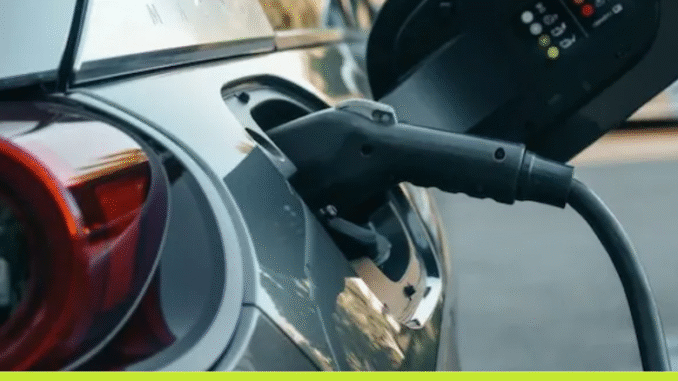
In a strategic move to bolster local manufacturing and transform Uttar Pradesh into a premier electric vehicle (EV) production hub, the state government has announced a significant revision to its EV subsidy policy. Effective from October 14, financial incentives such as purchase subsidies, road tax exemptions, and registration fee waivers will be exclusively available for EVs that are manufactured or assembled within the state. This “Made In UP” mandate is a clear signal of the government’s intent to attract investment, create jobs, and build a self-reliant EV ecosystem.
A Shift in Policy to Drive Local Investment
The original UP EV policy, launched on October 14, 2022, was designed to promote the adoption of green mobility by reducing the upfront cost of ownership. It offered a complete exemption from road tax and registration fees for three years, along with substantial purchase subsidies across different vehicle categories. This policy was highly successful in driving initial EV adoption, with over 17,000 vehicle owners receiving subsidies to date.
However, the revised policy marks a strategic pivot. By restricting the benefits to locally manufactured vehicles, the government is now using its subsidy program as a powerful tool to attract investment. The message to EV manufacturers is clear: to benefit from the state’s generous incentives, you must invest in its manufacturing ecosystem. This move is aligned with the national “Make in India” and “Atmanirbhar Bharat” initiatives, aiming to create a virtuous cycle of local production and local consumption.
The New Framework: Incentivizing Local Production
Under the revised policy, the incentive structure will be as follows:
- 100% Rebate for ‘Made In UP’ EVs: From October 14, 2025, to October 13, 2027, a full 100% rebate on registration fees and road tax will be applicable only to EVs that are both manufactured and registered in Uttar Pradesh.
- Impact on Buyers: This change will have a direct impact on consumers. While the original policy provided incentives for a wide range of EVs, the new rule will limit the choices for buyers seeking subsidies. They will now have to opt for models produced within the state to avail of the financial benefits.
- Application Process: The process for claiming the subsidy will remain streamlined, with buyers required to apply through the official EV Subsidy Portal. The applications will be verified by the respective Regional Transport Office (RTO) before the subsidy is disbursed.
A Double-Edged Sword?
While the policy is expected to be a major boost for local manufacturing, it could also have some short-term consequences. The restriction on subsidies might lead to a temporary slowdown in the sales of EV models that are not manufactured in Uttar Pradesh. It could also create a more competitive and potentially fragmented market, with different states vying to attract manufacturers with their own incentive packages.
However, the UP government is confident that the long-term benefits of this policy will far outweigh any short-term challenges. By creating a robust local manufacturing ecosystem, the state aims to generate employment, foster innovation, and ultimately, make EVs more affordable and accessible for everyone. This bold move positions Uttar Pradesh as a key player in India’s electric mobility revolution, with a clear vision for a future that is not just green, but also self-reliant.



